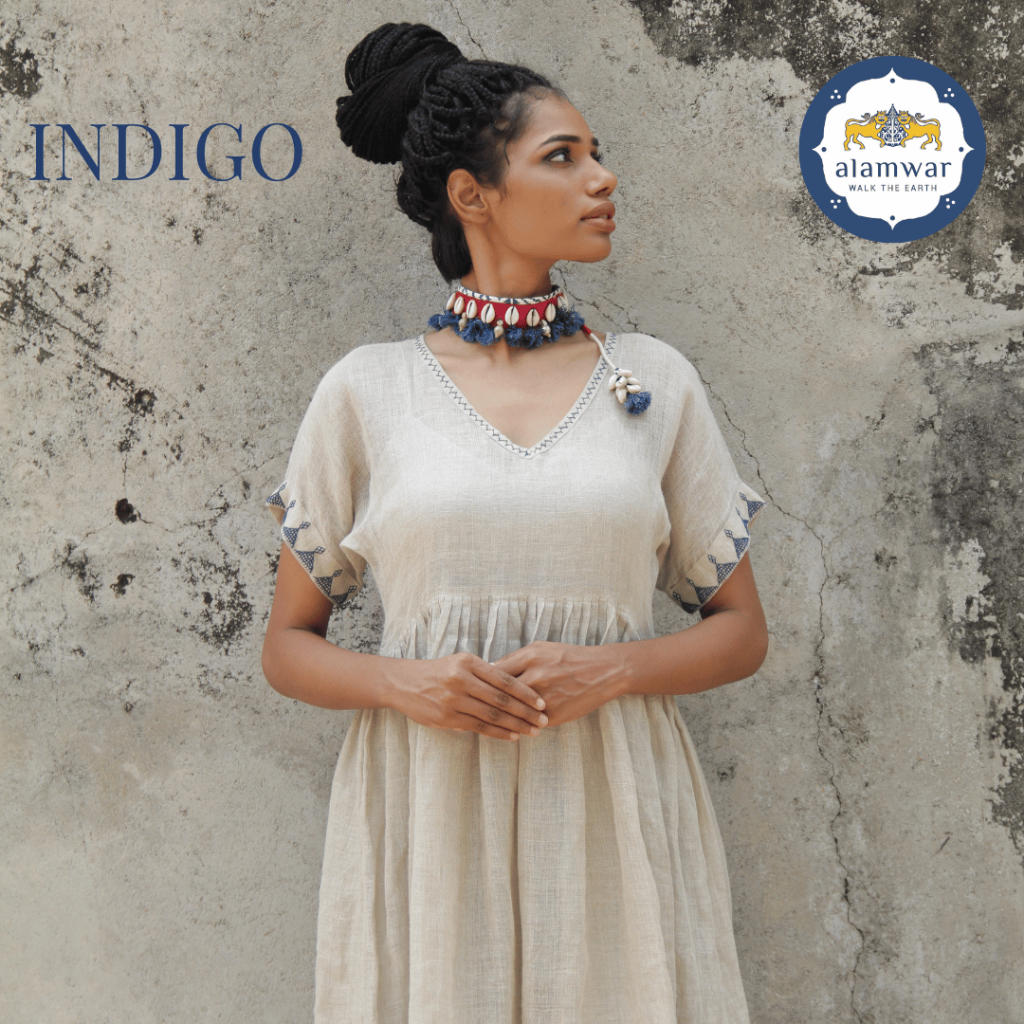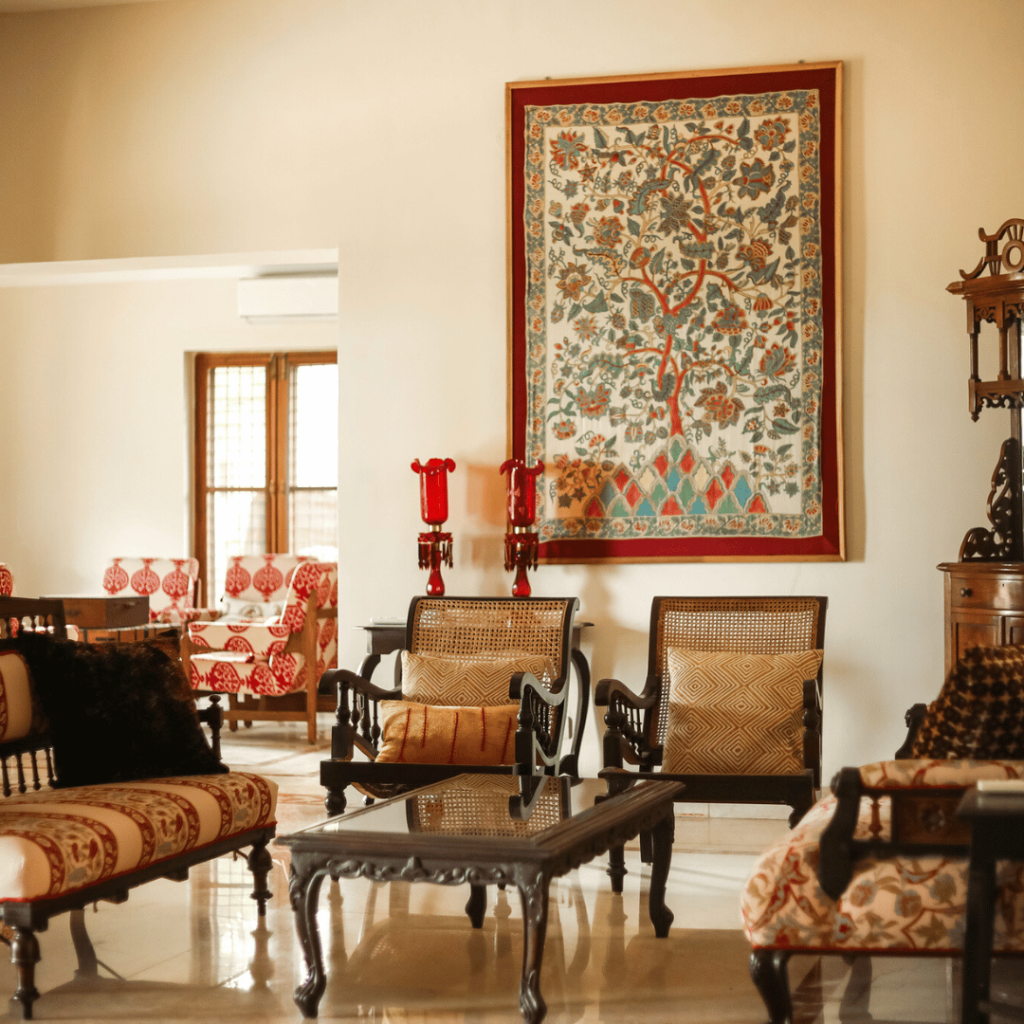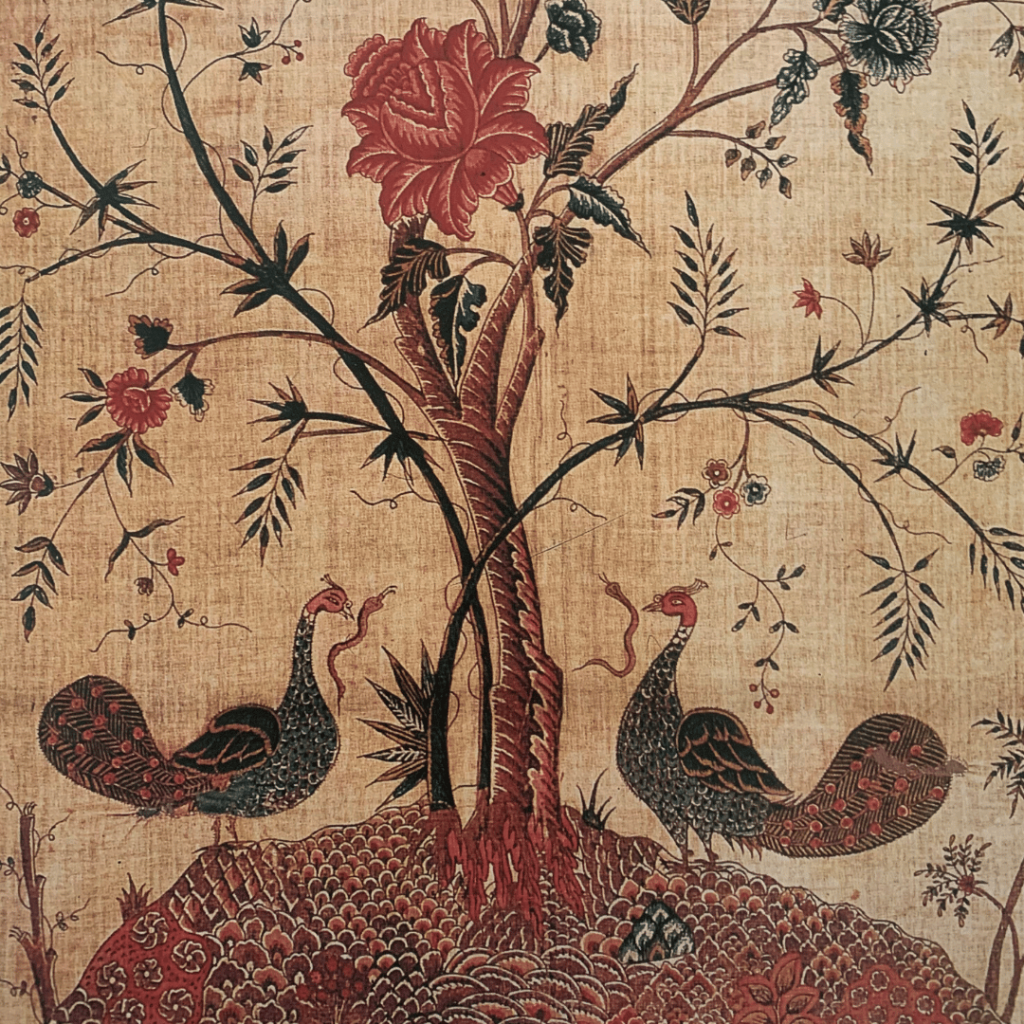
Indigo – The Blue That Enchanted The World
Indigo dye has been used in India and Egypt for over 5,000 years.
It was extracted from the leaves of the indigo plant and was used to dye fabrics, including cotton, silk, and wool. During the Middle Ages, indigo was an important trading commodity, and it was imported to Europe from India and the Middle East.
The British introduced indigo cultivation to their colonies in the West Indies and later to the American colonies. The indigo plant became a major crop in the southern colonies of North America, particularly in South Carolina and Georgia. The indigo trade was so profitable that it was often referred to as “blue gold.”
Today, indigo is still used in many cultures around the world, particularly in traditional textiles and clothing. While the traditional process of extracting indigo dye from the indigo plant is still used in some places, most blue dye today is synthetic.
Alamwar recognizes the importance of preserving the traditional methods of natural dyeing and is committed to eco-responsible and earth-friendly practices.
By using natural Indigo and other botanical dyes, Alamwar ensures that its textiles are not only beautiful but also sustainable. The company’s proactive global worldview emphasizes the importance of taking care of our planet and promoting eco-friendly practices. With our commitment to preserving the art of natural dyeing, Alamwar is proud to be a leader in sustainable handmade textile production.
Meet The Indigo Chicken
One of our chickens was being chased by our rooster when she stumbled into our indigo dye, and emerged a stunning shade of blue. Fortunately, our dyes are all-natural, so she was not harmed. From then on, the blue chicken became a bit of a celebrity. She seemed to embrace her new look and began to strut around, proudly displaying her blue feathers. It was clear that this chicken had always wanted to stand out and now she finally had her chance to be the peacock she always dreamed of being. We were happy to have this unique and beautiful chicken in our flock.





